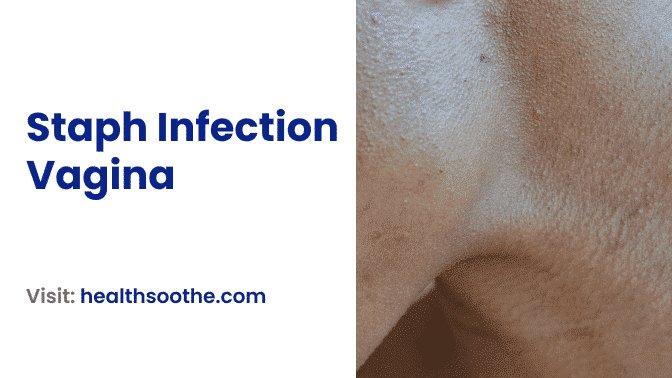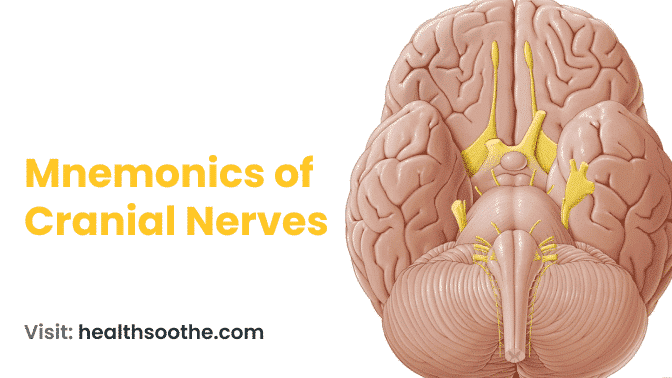Staphylococcus is a genus of bacteria that causes staphylococcal infections, sometimes known as staph infections. There are more than 30 different Staphylococcus bacterial strains. Staphylococcus aureus is the most prevalent human pathogen. An organism that causes illness is called a pathogen. Antibiotics are prescribed by medical professionals to treat staphylococcal infections. A staph infection may, in extreme situations, result in fatal health problems and other major issues. Read Also: Query: Can Yoni Pearls Cure Staphylococcus? What areas of your body are staph infections affecting? Distinct regions of your body are affected negatively by various staph bacterium kinds. Infection with Staphylococcus may…
Author: Wisdom Bassey
Any bearded dragon owner will tell you that it's not as easy to properly care for them as it is with a dog or cat. It's understandable why so many new pet owners find themselves stressed out with a sick or unhappy new pet—they have highly precise lighting and temperature requirements, strange behaviour, and rigorous nutritional demands! Fortunately, I made the decision to create a thorough Bearded Dragon Care Guide for Beginners, which ought to help alleviate at least part of the stress associated with caring for your new little friend. Check out our reptizoo, bearded dragon tank. So, if…
The Haldane Effect: Oxygen Binding to Hemoglobin Causes CO2 to Be Released, Increasing CO2 Transport The Bohr effect, which is a significant role in is caused by a rise in CO2 in the blood, as was mentioned earlier in the chapter. This displacement of O2 from haemoglobin increases O2 transport. The opposite is also true; O2 binding to haemoglobin has the tendency to remove CO2 from the blood. The Bohr effect promotes O2 transport, but this effect known as the Haldane effect promotes CO2 transport quantitatively much more. The Haldane effect is caused by the fact that haemoglobin becomes more…
You've undoubtedly experienced the typical signs of a broken finger if you've ever caught your finger in a door or whacked it with a hammer. Any damage to or injury to a finger may result in: severe finger pain, especially aching and throbbing pain inflammation (pain, redness, and swelling) difficulty using the fingertip loss of sensation in the fingertip bruising and colour change of the skin and fingernail stiffness in your finger Immediate relief Treating inflammation is the greatest approach to getting quick relief from a broken finger. The main cause of pain, swelling, and redness is. Typical advice for…
Lumbar puncture positioning: An LP may be done with the patient sitting up straight, lying sideways, or in a prone position. Because they enable more precise measurement of the opening pressure, the lateral recumbent or prone postures are preferable over the upright position. (CSF) examination following lumbar puncture (LP) is a crucial diagnostic tool for a number of infectious and noninfectious neurologic conditions. Here, the methods uses, warnings, and issues related to LP in adults will be discussed. Separate discussions are made regarding the technique of LP in children and for spinal and other types of neuraxial anaesthesia. (For more…
The names of the nerves in the skull may be remembered by using the following mnemonics: A German and a Finn were looking at some hops on the lofty summit of ancient Olympus. Oh, oh, oh, to touch and experience luxurious velvet. Any pair of nerves in the peripheral nervous system that directly links the muscles and sensory organs of the head and thorax to the brain are referred to as cranial nerves in vertebrates. There are 12 pairs of cranial nerves in higher vertebrates, including reptiles, birds, and mammals: olfactory (CN I), optic (CN II), oculomotor (CN III), trochlear…
A benign skin lesion called stucco keratosis typically appears on the feet and legs. As you age, these lesions become more prevalent. The term "condition" refers to the way the lesions appear "stuck on." These lesions have a textured, bumpy appearance that is comparable to stucco. This condition is also known as keratosis alba. Continue reading to find out more about stucco keratosis, including what it is, how it looks, and possible treatments. Numerous small, white or grey wart-like growths or lesions are present in stucco keratosis lesions. The arms and hands can develop stucco keratosis in addition to the…
An orthopaedic assessment test for shoulder is the Sulcus sign. The elbow is grasped and traction is applied inferiorly while the arm is straight and relaxed to the patient's side. A depression develops directly beneath the acromion in cases of excessive inferior translation. The emergence of this sulcus is encouraging. The sulcus sign measures the stability of the inferior glenohumeral. The examiner grabs the patient's arm and pulls inferiorly when the patient is seated or standing. The test is considered successful if, when the humeral head is translated inferiorly, a dimple or sulcus emerges under the acromion. The measurement of…
What is Retardation The term "retardation" is often used to indicate issues with human brain development that lead to intellectual disability or other types of physical or educational impairments. Retardation also refers to the prevention of something's complete growth or development. The development of your tomato plants, for instance, might be stunted by a lack of sunshine. Retardation may also refer to a simple slowing down of pace or various forms of slowness or delays. The Latin term retardare's origin literally translates to "to make slow, delay, hold back, or impede. Retardation types According to severity, the DSM-IV divides mental…
Any abnormality of the is known as dysautonomia (ANS). Your heartbeat, breathing, temperature, digestion, and many other uncontrollable bodily processes are all under the ANS's control. Fast heartbeats, lightheadedness, or fainting upon rising are typical signs of dysautonomia. Diabetes, alcohol use disorder, Parkinson's disease, and autoimmune disorders are just a few of the illnesses that can lead to dysautonomia. Genes may also play a role. Doctors occasionally fail to identify the root cause. The types, causes, symptoms, and diagnoses of dysautonomia will all be covered in this article. Additionally, it will look at resources and treatments for dysautonomia for those…









